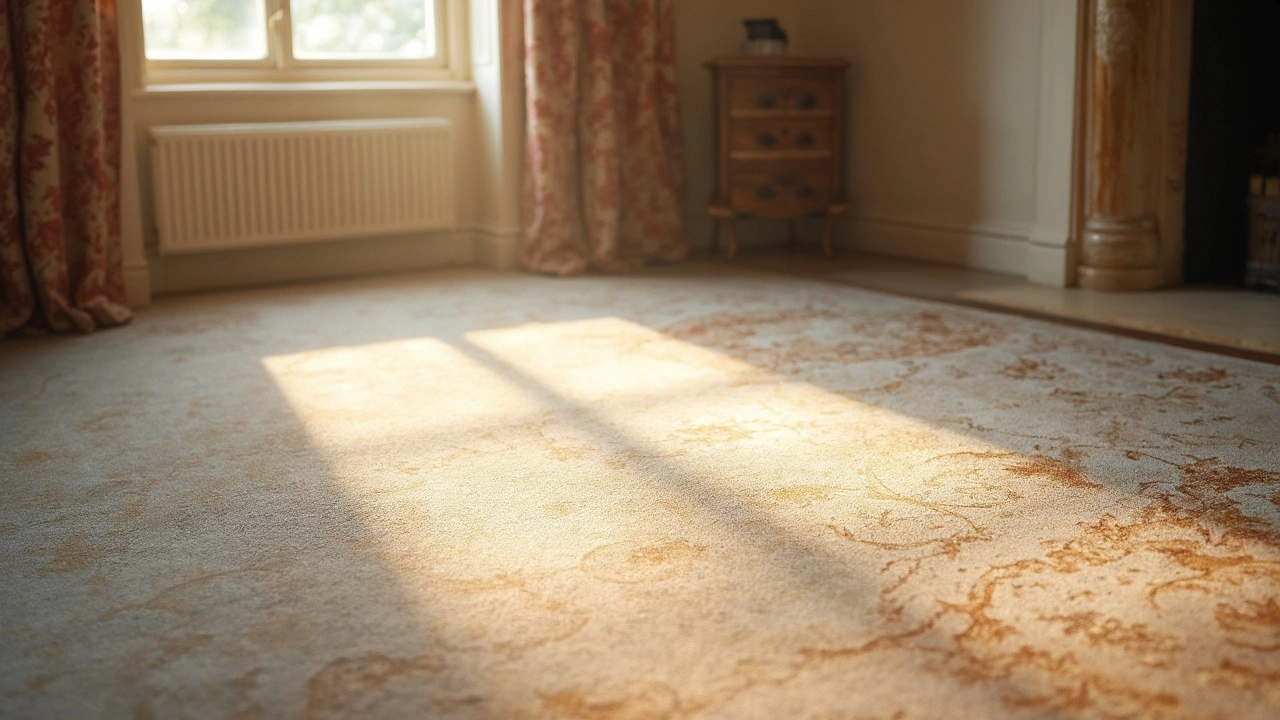Drying Time: How to Speed Up the Drying Process After Cleaning
Ever finished a good clean only to wait forever for everything to dry? That waiting time can ruin your schedule and leave damp spots behind. Knowing what slows drying and how to boost it makes a huge difference. Below you’ll find the basics and a handful of easy tricks you can start using today.
What Affects Drying Time?
The speed at which a surface dries depends on a few simple things: air flow, temperature, humidity, how much water you applied, and the material itself. Heavy water on a cotton towel will take longer than a light spray on glass. Warm, dry air pushes moisture out, while cold or humid air keeps it stuck. Rough surfaces like carpet fibers trap water, whereas smooth surfaces like tiles let it evaporate quicker. Understanding these factors helps you pick the right method for each job.
Practical Ways to Cut Drying Time
First, wipe away excess liquid before it sits. A microfiber cloth or a good squeegee on windows removes most of the water in seconds, leaving only a thin film to evaporate. Second, boost airflow. Open windows, turn on a ceiling fan, or set a portable fan to point at the wet area. Even a small breeze speeds evaporation dramatically. Third, raise the temperature a little – a low‑heat setting on your space heater or turning up the thermostat for a short period can make water leave the surface faster without damaging it.
For floors, especially after mopping, change your mop routine. Use a well‑wrung mop so you’re not spreading a puddle across the room. After you finish, walk over the area with a dry microfiber pad to soak up any remaining drops. On carpets, lay a clean, dry towel on the wet spot and press firmly. The towel pulls moisture away, and the carpet dries in half the time.
When cleaning ovens or baking trays, avoid soaking them in water. Instead, spray a light mist of vinegar‑baking soda solution, scrub, then wipe with a dry rag. The thin film dries quickly, and you skip the long wait for a soaked pan to be usable again.
Mattresses and upholstery benefit from a two‑step approach. First, spot‑clean with as little liquid as possible. Then, place a fan or a dehumidifier near the treated area. A dehumidifier pulls moisture from the air, making the drying process faster and preventing mold growth.
Finally, keep your cleaning tools dry between uses. A soggy mop or mop bucket will re‑wet surfaces you’ve already cleaned. Rinse, wring out, and store them where air can circulate.
By paying attention to airflow, temperature, and how much water you use, you can shave minutes—or even hours—off drying time. Try one tip at a time and notice the difference. Your next clean will feel smoother, faster, and you’ll avoid the damp‑spot frustration that slows you down.

Does Carpet Stay Wet After Steam Cleaning? Here's What You Need to Know
Steam cleaning is a popular way to refresh your carpets, but does it leave them wet for long? Find out how long your carpet might stay damp after a steam cleaning session and learn about factors that influence drying times. We’ll also cover handy tips to speed up the drying process. If you're planning a steam cleaning, this guide will help ensure your carpets dry efficiently.
Read More